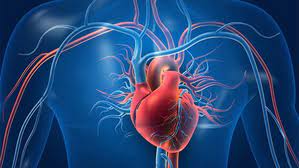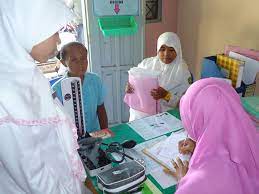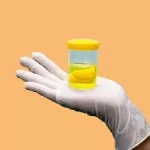A groundbreaking study from the University of Alberta suggests that diagnosing mitochondrial disorders may soon become easier and less invasive. Researchers have identified a method of testing mitochondrial DNA in urine, which could streamline the diagnostic process for these serious conditions.
The study, recently published in the Orphanet Journal of Rare Diseases, analyzed data from 297 individuals with suspected primary mitochondrial disorders. The goal was to understand the underlying causes of these disorders and improve both diagnosis and treatment options.
Mitochondrial diseases, which affect approximately 1 in 5,000 people, result from genetic mutations that impair the function of mitochondria—tiny structures responsible for producing energy in our cells. When mitochondria fail, the effects can be widespread.
“Mitochondria produce energy for every cell, tissue, and organ in our body,” said Anastasia Ambrose, the study’s first author and a master’s student in the Department of Medical Genetics. “If mitochondrial DNA has variants and the mitochondria don’t function properly, it can impact any organ, especially high-energy-requiring ones like the brain, heart, kidneys, liver, and skeletal muscle.”
Currently, diagnosing mitochondrial disorders is a challenging process requiring extensive genetic testing, which can be costly and time-consuming. Additionally, symptoms often overlap with other neuromuscular conditions such as myasthenia gravis and muscular dystrophy, making accurate diagnosis even more difficult.
Ambrose noted that the Metabolic Genetics Clinic receives frequent referrals for suspected mitochondrial disorders, but many of these cases do not ultimately receive that diagnosis. This highlights a potential overuse of genetic testing for these conditions.
The study is the first to assess mitochondrial DNA testing in urine, presenting a promising alternative to the current standard, which often involves muscle biopsy. Unlike biopsies, urine tests are non-invasive and significantly more affordable. This breakthrough could help expedite diagnosis and ensure that patients receive the most appropriate care sooner.
Researchers also found key differences in how mitochondrial disorders manifest in adults versus children. In adults, the disorders are more commonly caused by errors in mitochondrial DNA, whereas in children, nuclear DNA errors are more prevalent. Additionally, adults with mitochondrial disorders tend to experience more muscle-related problems, while children are more likely to present with brain and developmental issues.
Principal investigator Dr. Saadet Andrews, a medical genetics professor and a member of the Women and Children’s Health Research Institute (WCHRI), emphasized the significance of these findings in guiding medical practice.
“For example, in children, I wouldn’t recommend muscle biopsy as a first-line investigation for a suspected mitochondrial disorder, as it is invasive, expensive, and requires general anesthesia,” Dr. Andrews explained.
Ambrose hopes their research will refine the diagnostic approach for mitochondrial diseases.
“We hope this study helps guide physicians and clinicians in deciding which genetic investigations are necessary and reduces the time it takes for patients to receive a diagnosis,” she said.
The study’s findings could mark a turning point in how mitochondrial disorders are diagnosed, potentially leading to faster, more efficient, and less invasive testing options for affected individuals worldwide.
Reference: Ambrose, A. et al. Genetic landscape of primary mitochondrial diseases in children and adults using molecular genetics and genomic investigations of mitochondrial and nuclear genome, Orphanet Journal of Rare Diseases (2024). DOI: 10.1186/s13023-024-03437-x
Disclaimer: This article is for informational purposes only and should not be considered medical advice. Patients experiencing symptoms of mitochondrial disorders should consult a qualified healthcare professional for diagnosis and treatment recommendations.











